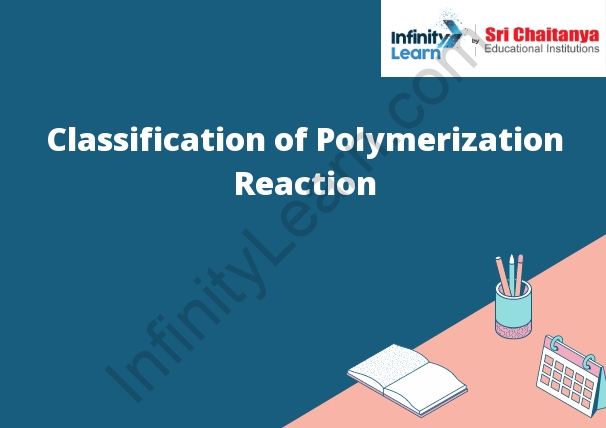Table of Contents
Polymerization Reaction ;
A polymer is a large molecule composed of repeating structural units, called monomers. In a polymerization reaction, individual monomers join together to form a polymer. The reaction can be initiated by heat, an acid, or a base.

Classification of Polymerization Reaction
There are three types of polymerization reactions: addition, condensation, and ring-opening.
In an addition polymerization reaction, small molecules called monomers join together to form a polymer. The monomers are held together by covalent bonds. In a condensation polymerization reaction, two monomers join together to form a polymer. The monomers are held together by a dehydration reaction, which removes a molecule of water from the polymer. In a ring-opening polymerization reaction, a ring-shaped molecule called a monomer joins together to form a polymer. The monomers are held together by covalent bonds.
Addition Polymerization Process
Addition polymerization is a process in which small molecules, called monomers, are joined together to form a polymer. The monomers are joined together by a covalent bond, which is a bond that involves the sharing of electrons between atoms.
The addition polymerization of ethylene is a good example of how this process works. Ethylene is a small molecule made of two carbon atoms. When it is reacted with itself, it forms a polymer made of many carbon atoms. The polymer is called polyethylene.
The addition polymerization of ethylene is a process that occurs in two steps. The first step is the initiation step. In this step, a small molecule called an initiator is added to the ethylene. The initiator is a molecule that contains a free radical. A free radical is an atom or molecule that has an unpaired electron.
When the initiator is added to the ethylene, it creates a free radical. This free radical then attacks another ethylene molecule, and creates a new free radical. This process continues until there are many free radicals present.
The second step of the addition polymerization of ethylene is the propagation step. In this step, the free radicals react with each other to form a polymer. The polymer is formed by the joining of the monomers. The polymer is formed by the joining of the monomers. The joining of the monomers is a covalent bond.
Condensation Polymerization
In condensation polymerization, two molecules join together to form a larger molecule, with the release of a small molecule like water. This process is used to make plastics like polyester, from molecules of ethylene glycol and terephthalic acid. The ethylene glycol molecule is smaller than the terephthalic acid molecule, so it can join to many terephthalic acid molecules to form a long chain. When the chains get long enough, they form a solid plastic.






